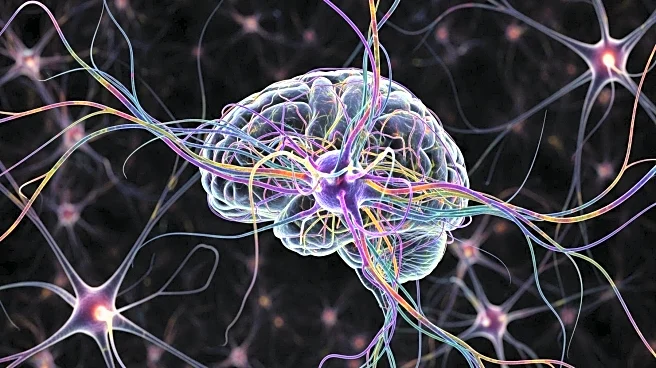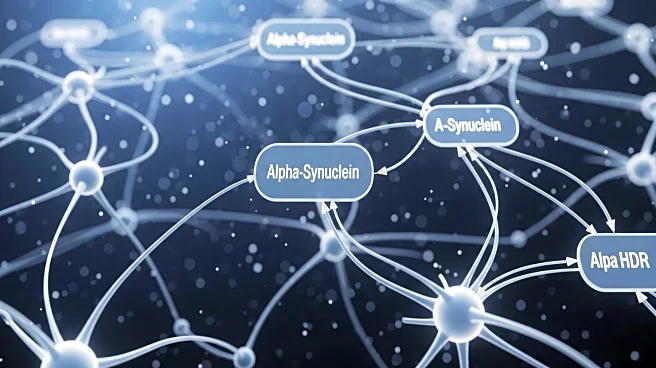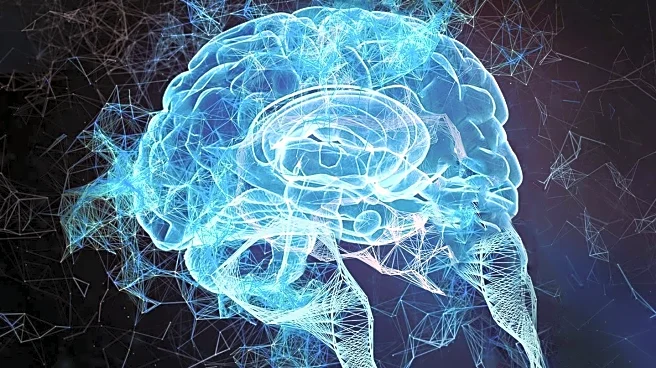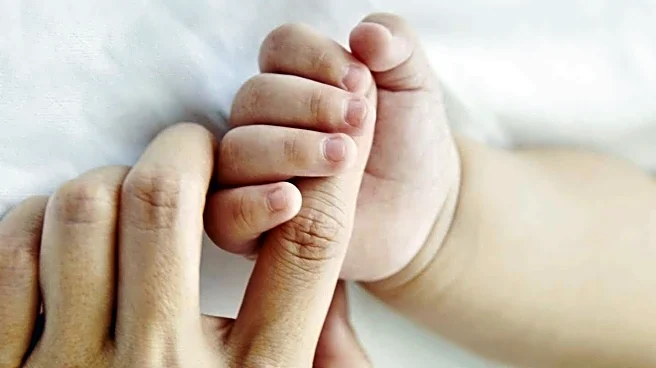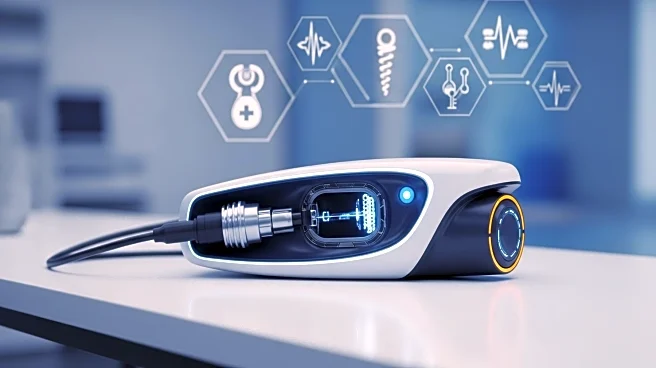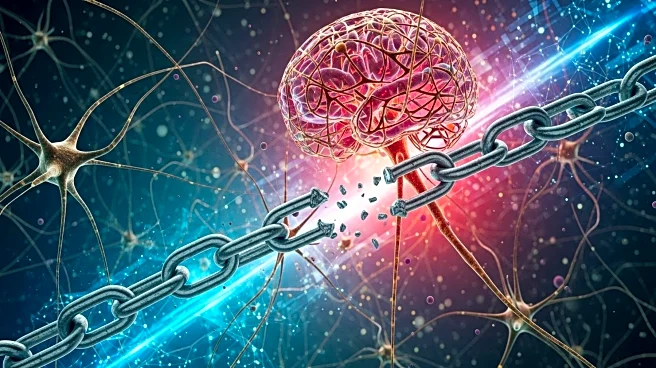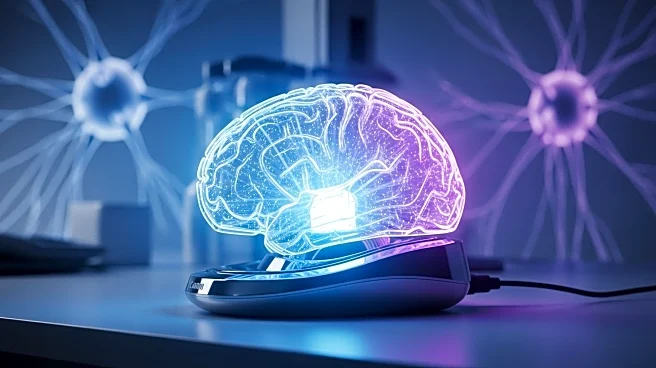What's Happening?
A study published in Nature Neuroscience has challenged the long-standing belief that the brain's body map undergoes significant reorganization following amputation. Researchers followed three adult patients undergoing arm amputations, using functional MRI to map brain activity before and after surgery. Contrary to previous theories, the study found that the brain's map of the hand remained unchanged, even years after amputation. This stability helps explain why amputees often experience vivid phantom sensations of their missing limbs. The findings suggest that the brain's body map is not broken, contradicting the idea that therapies aimed at fixing reorganized maps are effective.
Why It's Important?
The study's findings have significant implications for understanding adult brain plasticity and developing treatments for amputees. By demonstrating that the brain's body map remains stable, the research suggests that therapies targeting supposed map reorganization may be misguided. Instead, the focus may shift to addressing nerve issues caused by amputation. The study also opens new avenues for developing prosthetic limbs and brain-computer interfaces that utilize the preserved body map to enhance control and sensation. This could lead to more effective and intuitive prosthetic technologies, improving the quality of life for amputees.
What's Next?
The research may prompt a reevaluation of current therapeutic approaches for phantom limb pain, potentially leading to new strategies that focus on nerve preservation and stable brain connections. Additionally, advancements in brain-computer interfaces could leverage the preserved body map to create more natural prosthetic experiences. Future studies may explore the application of these findings in developing technologies that restore sensation and control for amputees.
Beyond the Headlines
The study challenges the foundational concepts of brain plasticity, potentially reshaping neuroscience research and clinical practices. It highlights the brain's resilience and ability to maintain body representations despite sensory loss, offering insights into the brain's adaptability. This could influence future research on brain-computer interfaces and prosthetic development, emphasizing the importance of stable neural connections.
